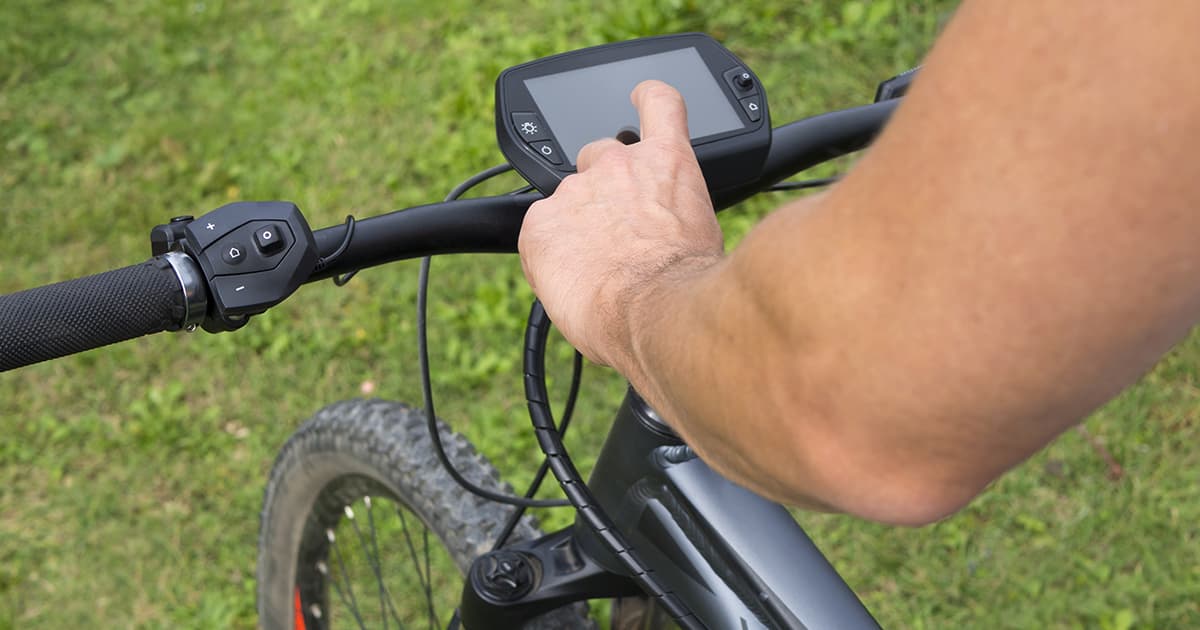What Kind of Insurance is Needed for E-Bikes?

Electric bikes, or e-bikes, are gaining traction across Canada, offering a convenient and eco-friendly way to commute, explore, and enjoy the outdoors. What kind of insurance do e-bikes need?
E-bikes come with unique risks and responsibilities, and having the right insurance coverage ensures you’re protected.
Understanding the basics: What is an e-bike?
In Canada, e-bikes are defined as bicycles equipped with an electric motor that helps with propulsion (moving forward). Not all e-bikes are the same, though, and their classification can impact the type of insurance you might need:
- Class 1: Pedal-assist only, with a maximum assisted speed of 32 km/h.
- Class 2: Throttle-assisted, also with a maximum speed of 32 km/h.
- Class 3: Pedal-assist only, but with a higher maximum assisted speed of 45 km/h.
Do You need insurance for your e-bike in Canada?
While e-bikes are generally not required by law to have insurance in most Canadian provinces, it’s highly advisable to consider coverage for several important reasons:
- Liability protection: If you cause an accident while riding your e-bike, liability insurance can cover damages to others’ property and medical expenses for injuries you may cause.
- Personal injury: In the event of an accident, personal injury protection can cover your medical expenses, regardless of who is at fault.
- Theft and vandalism: E-bikes are valuable and can be an attractive target for theft. Insurance can cover the cost of replacing or repairing your bike if it’s stolen or vandalized.
- Property damage: If your e-bike damages someone else’s property, having property damage coverage ensures you’re not paying out of pocket for repairs or replacements.
- Uninsured/underinsured motorist coverage: If you’re involved in an accident with a motorist who doesn’t have sufficient insurance, this coverage can help cover your medical expenses and bike repairs.
Types of insurance coverage for e-bikes
Several options exist for insuring your e-bike in Canada. Understanding these options can help you make an informed decision:
- Homeowners or tenant insurance: Some Canadian homeowners or renters’ insurance policies may offer limited coverage for e-bikes under the personal property section. This coverage is often capped and may not cover liability or damage caused by the bike. It's essential to verify with your insurer whether your policy includes e-bike coverage and if it’s adequate for your needs.
- Specialized e-bike insurance: Several insurance companies in Canada now offer policies specifically tailored for e-bikes. These policies provide comprehensive coverage for scenarios such as theft, liability, and personal injury. Specialized e-bike insurance often provides more extensive protection than a standard homeowners or renters policy.
- Auto insurance: In certain provinces, such as Quebec and Ontario, it may be possible to add your e-bike to your auto insurance policy, especially if the e-bike is classified similarly to a moped or motorcycle. This option can offer robust coverage, but it’s important to check with your insurance provider about how your e-bike is classified and what coverage options are available.
- Personal liability umbrella policy: If you’re concerned about potential liability claims exceeding the limits of your homeowners, renters, or auto insurance, a personal liability umbrella policy can offer additional protection. This policy activates after your primary insurance reaches its limits, providing broader liability coverage.
What to do in case of an e-bike fire
E-bike fires can occur due to issues like battery malfunctions, improper charging, or physical damage to the battery. Knowing what to do in the event of an e-bike fire is essential for safety and for minimizing damage.
1. Preventing e-bike fires
- Use the right charger: Always use the charger provided by the manufacturer or one that’s specifically recommended for your e-bike model. Using an incompatible charger can lead to overcharging or overheating.
- Avoid overcharging: Unplug your e-bike once it’s fully charged. Overcharging can cause the battery to overheat and increase the risk of fire.
- Inspect the battery regularly: Regularly check your e-bike’s battery for signs of damage, such as bulging, cracking, or leaking. If you notice any issues, replace the battery immediately.
- Store safely: Store your e-bike and its battery in a cool, dry place away from direct sunlight and flammable materials. Avoid exposing the battery to extreme temperatures.
2. During a Fire
- Evacuate immediately: If your e-bike catches fire, your first priority should be to evacuate the area. Do not attempt to extinguish the fire if it’s large or spreading quickly.
- Call emergency services: Contact your local fire department immediately. Provide them with details about the fire and any hazardous materials involved, such as the battery.
- Use a fire extinguisher: If the fire is small and contained, you may attempt to extinguish it using a fire extinguisher rated for electrical fires. Do not put yourself at risk.
3. After the Fire
- Report the incident: Contact your insurance company as soon as possible to report the fire. Provide them with all necessary documentation, including photos of the damage, a copy of the fire report, and any receipts for the e-bike and related equipment.
- Seek professional assessment: Have a professional assess the damage to ensure your e-bike is safe to use if it wasn’t completely destroyed. This assessment may be required by your insurance company before they process your claim.
It’s wise to review your current insurance policies, consult with your insurer, and consider specialized e-bike insurance if necessary. Always prioritize safety, both in how you ride and how you care for your e-bike. By taking these steps, you’ll be well-prepared to enjoy the benefits of e-biking with confidence and security across Canada.



